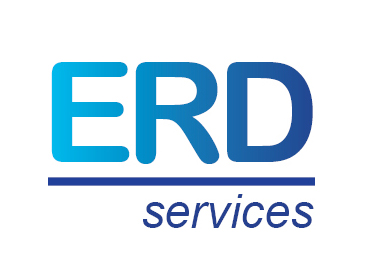Will COVID-19 Accelerate the Adoption of Additive Manufacturing?
The media have reported numerous examples of volunteers, globally, producing missing equipment, mostly protective masks, for health care professionals exposed to the COVID-19 disease.
The Paris hospitals (AP-HP) is one of the organizations that have put an organization in place to produce missing healthcare parts. The new competency center (CC) is live since April 1, only, initially targeting hard-to-procure items such as mechanical ventilation and protective mask parts.
Balancing Speed and Regulatory Compliance
The CC’s priority is to balance the regulatory requirement for high quality, with needs for rapid production. AGEPS, the AP-HP’s procurement organization, has lifted some of its specifications to make manufacturing easier and faster.
Time scales are short: once the CC has the design of the part, it only needs 48 hours for its prototyping needs, and another 24 hours for testing (by AGEPS and healthcare professionals.
The unit already has 20 designs and estimates it can manufacture thousands (low-single-digits) of parts every day.
The CC Relies on Partners for its 3D Operations
The CC did not have 3D printing expertise, although its leader is a skull surgeon that uses 3D printing for its medical needs. The organization purchased 60 Stratasys 3D FMD machines and awarded a to start-up, Bone 3D, part design, day-to-day equipment operations, and supply selection. Also, the CC works with two websites to collect part design files. Altogether, the cost of the project is EUR 1.7m, funded by Kering, a luxury firm.
In the Future, CC Will Adopt a More Federal Structure
The CC is currently centralized with all 60 3D printers and five supporting engineers located in one location. Once the sanitary crisis is over, the CC wants to change its structure and have four 3D printing facilities, each with 15 machines, responding to daily needs. The CC also wants to strengthen its ties with the 3D community and wants to create a marketplace to link supply and demand. The unit also wants to more systematically share its STL design files.
Looking ahead, the CC also wants to use 3D printing beyond healthcare to items doorknobs and plumbing parts that hardly costly to procure.
Short-Series Manufacturing Will Drive the Adoption of Additive Manufacturing
The sanitary crisis is putting additive manufacturing back to the spotlight in a context where companies and governments will want to regain some level of local manufacturing capabilities. We expect acceptance of 3D printing to accelerate, driven by the short-series manufacturing use case. Acceptance will be steady but now is the time for additive manufacturing!
